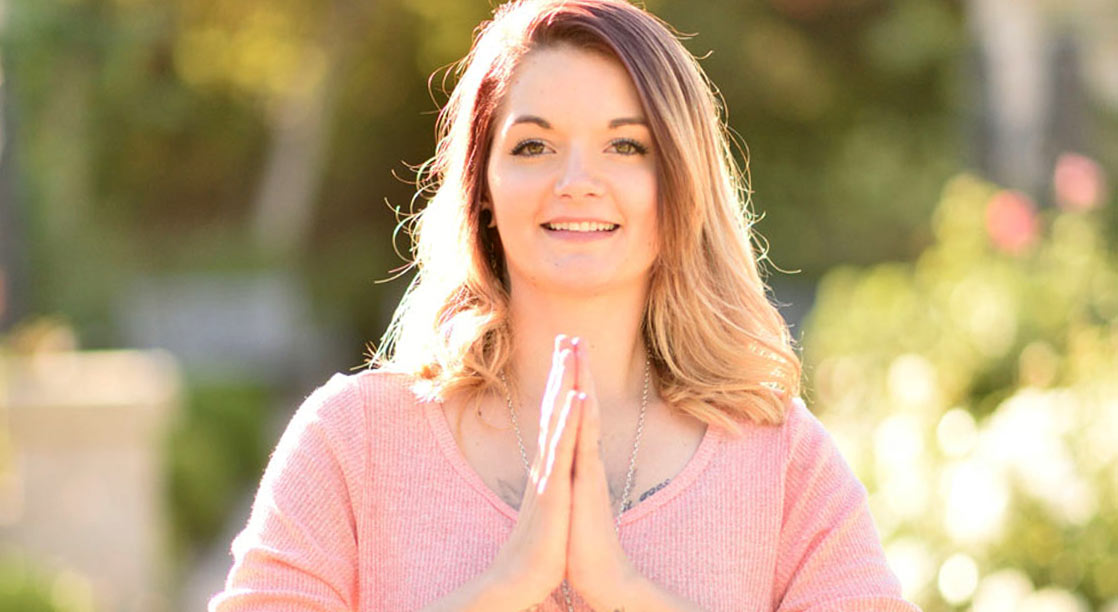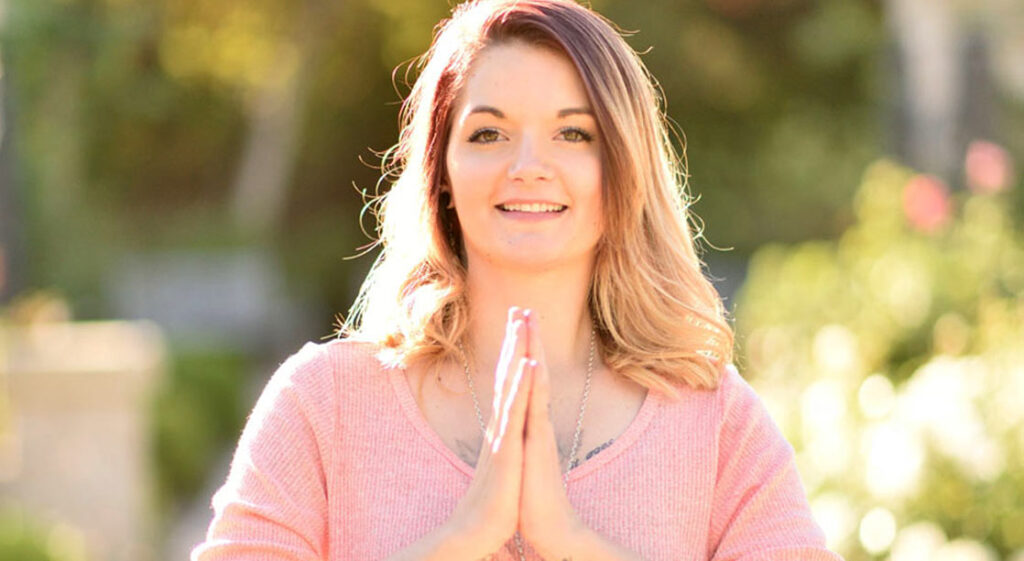This entry was posted on Could 8, 2024 by Charlotte Bell.
 Some time again, I posted a weblog that sketched out a really fundamental define of the Yoga Sutras of Patanjali. In fact, we will’t probably seize the essence of the sutras in a single weblog submit, or perhaps a sequence of them. It’s greatest once we digest them over time. And it’s even higher once we think about them within the context of our personal lives. Immediately’s submit will define the Eight Limbs of Yoga.
Some time again, I posted a weblog that sketched out a really fundamental define of the Yoga Sutras of Patanjali. In fact, we will’t probably seize the essence of the sutras in a single weblog submit, or perhaps a sequence of them. It’s greatest once we digest them over time. And it’s even higher once we think about them within the context of our personal lives. Immediately’s submit will define the Eight Limbs of Yoga.
The sutras are divided into 4 padas (chapters). The second pada is the one which yoga academics and practitioners most frequently check with. It is because the second pada contains the Eight Limbs of Yoga. The Eight Limbs present a scaffolding for the entire system of yoga, in accordance with the sutras.
Whereas the sutras record the limbs in a specific order, they don’t seem to be hierarchical. They’re not like a ladder with eight steps. As an alternative, all of the limbs feed into the entire, type of just like the limbs on a tree. Training any one of many limbs helps all of the others.
The Eight Limbs of Yoga
Right here’s a brief synopsis of the limbs:
- Yama: Yama means “restraint.” The yamas are moral or ethical precepts for residing peacefully on the earth. They embrace ahimsa (non-harming), satya (truthfulness), asteya (non-stealing), brahmacharya (sensible use of sexual vitality), and aparigraha (non-greed).
- Niyama: The niyamas are private practices that assist us create a wholesome basis for our every day lives. They embrace saucha (cleanliness), santosha (contentment), tapas (vitality or dedication to apply), svadhyaya (self-study and research of inspiring texts) and isvara pranidhana (dedicating our apply to one thing bigger than ourselves).
- Asana: That is the limb we most frequently affiliate with yoga—the bodily postures.
- Pranayama: Pranayama is the apply of controlling and increasing the breath.
- Pratyahara: The commonest description of this limb is “withdrawal from the senses.” I interpret it as a refinement of our relationship with our senses.
- Dharana: Dharana is focus. It’s the gathering of the thoughts onto a single object.
- Dhyana: Dhyana is meditation. It’s the power of thoughts to remain current it doesn’t matter what we’re experiencing by means of our senses.
- Samadhi: Samadhi is the fully settled, expansive thoughts.
That is only a bite-sized description of the framework for yoga apply. Any of the limbs—and even any a part of the limbs, say one of many yamas—may very well be fodder for years of apply.
When you’re concerned with studying extra, my ebook Conscious Yoga, Conscious Life: A Information for On a regular basis Apply, outlines the Eight Limbs and goes into element about every one. There are additionally options for methods to apply every one.
About Charlotte Bell
Charlotte Bell found yoga in 1982 and started educating in 1986. Charlotte is the creator of Conscious Yoga, Conscious Life: A Information for On a regular basis Apply and Yoga for Meditators, each printed by Rodmell Press. Her third ebook is titled Hip-Wholesome Asana: The Yoga Practitioner’s Information to Defending the Hips and Avoiding SI Joint Ache (Shambhala Publications). She writes a month-to-month column for CATALYST Journal and serves as editor for Yoga U On-line. Charlotte is a founding board member for GreenTREE Yoga, a non-profit that brings yoga to underserved populations. A lifelong musician, Charlotte performs oboe and English horn within the Salt Lake Symphony and people sextet Crimson Rock Rondo, whose DVD received two Emmy awards in 2010.

